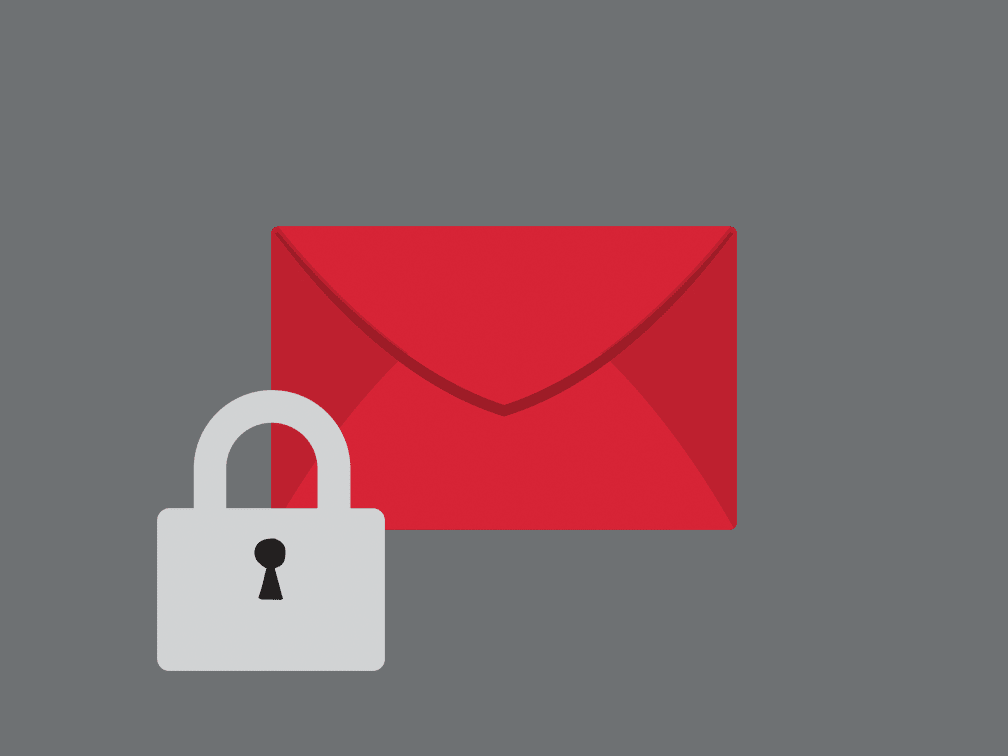
What are the main types of email?
Your inbox receives personal messages, to be sure, from friends and family. If you're lucky, you don't receive a lot of spam, or unsolicited commercial email.
SEE ALSO: What Is Email Spam and How It Can Harm Your Business
Businesses and organizations with which you have some kind of relationship are a significant source of email as well. These include retail or online stores that you visit often, your community center or church, or your bank, insurance company, or healthcare provider (if it has HIPAA compliant email enabled). The majority of business emails are marketing messages. These are designed to reinforce your relationship with the sender, whether to buy more products or to encourage you to visit (and buy more products). Sale announcements, coupons, and other incentives are common marketing messages, and they are typically sent in bulk to all customers of a business. But many business emails are transactional emails. These emails are customized for each recipient, and contain specific details of a recent or planned transaction or interaction. The main difference between marketing and transactional email is the intended audience: a marketing email is "one to many," while a transactional email is "one to one." Both marketing and transactional emails are subject to different sets of rules and laws, one relating to advertising, and the other relating to privacy.
What is a transactional email?
A shipping notice from an online shop is a transactional email, as is a confirmation of a subscription or cancellation. When you log on to a company website and pay a bill or update information, you will often trigger a transactional email that confirms what you did. A transactional email is informative, and usually contains only the pertinent details of what happened or what changed. Of course, there are many types of transactional emails, but ultimately, both businesses and consumers recognize the relative importance of a transactional email over a marketing email. Transactional email messages have high engagement rates, meaning they are most likely to be opened, read, and acted upon.How are transactional emails generated?
Transactional emails are automated and are triggered by different things. These triggers require connections between an email system and other components of a business operation, such as a billing and payment system, or a customer relationship management (CRM) application, or a tool that handles appointment scheduling. Creating and configuring these connections requires each component to exchange information with the others, usually through application programming interfaces (APIs). APIs are built into information systems to allow for standardized means of requesting and providing data, avoiding the need for complex, custom software development.Transactional emails and HIPAA compliance
Because transactional emails often contain specific details about a recipient's relationship to a business or organization, privacy is a critical consideration. In the case of clinics, hospitals, and other healthcare providers, privacy and security is tantamount. Exposing protected health information to unauthorized parties, including via unsecured email, would be a HIPAA violation.
As a result, the data exchanged between systems via APIs and ultimately sent via email needs to be carefully managed. The Paubox Email API is designed to address these important considerations. It's a HITRUST CSF certified solution used by many software developers and IT professionals to quickly integrate a secure, seamless email product that works on desktops, laptops, smartphones, tablets and wearables.
SEE ALSO: Why Healthcare Businesses Choose the Paubox Email API
Subscribe to Paubox Weekly
Every Friday we'll bring you the most important news from Paubox. Our aim is to make you smarter, faster.




